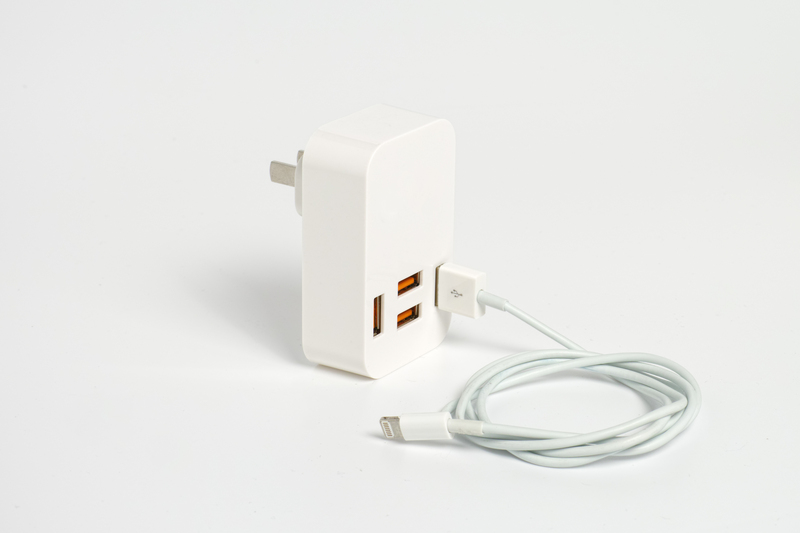Easing Your Cat's Move
Posted on 10/09/2024
Moving to a new home can be a stressful experience for humans, but it can be even more challenging for our feline friends. Cats are known for their attachment to their territory, and a change in environment can cause anxiety and stress. However, with proper planning and a few strategic steps, you can ease your cat's move and help them adjust to their new home comfortably.
Preparing for the Move
The key to easing your cat's move starts well before the actual moving day. Here are some essential steps to consider during the preparation phase:
- Veterinary Check-Up: Schedule a visit to the vet to ensure your cat is healthy and up-to-date on vaccinations. It's also a good time to discuss any concerns and obtain any necessary medications.
- Update Identification: Make sure your cat's microchip information and collar ID tags are updated with your new address and contact information.
- Comfort Items: Set aside your cat's favorite toys, bedding, and blankets to keep them available throughout the entire move.

Moving Day Strategies
Moving day can be chaotic, but taking some steps can ensure your cat's comfort and reduce their stress:
- Safe Space: Dedicate a quiet room for your cat with their essentials: food, water, litter box, and comfort items. This private space can shield them from the commotion of moving.
- Carrier Comfort: Keep your cat in their carrier during the moving process. Ensure the carrier is comfortable by adding familiar bedding or a piece of your clothing.
- Avoid Sedation without Vet Advice: Never sedate your cat without prior consultation with your veterinarian.
Settling in Your New Home
Once you arrive at your new home, take steps to help your cat adjust:
- Introduce Room-by-Room: Start by letting your cat explore one room at a time. Gradually introduce them to more spaces.
- Maintain Routine: Stick to your cat's usual feeding, playtime, and bedtime schedules to provide a sense of familiarity.
- Comfort Zones: Create multiple comfort zones with their favorite items throughout the house.
- Extra Attention: Spend extra time with your cat to reassure them and strengthen your bond during the transition.
Pros and Cons of Moving with a Cat
Understanding the advantages and disadvantages can help you better prepare:
- Pros:
- Opportunity for a Fresh Start
- Chance to Create New Comfort Zones
- Bond-Strengthening with Extra Attention
- Cons:
- Potential Stress and Anxiety for Your Cat
- Risk of Escape During the Move
- Initial Adjustment Period Can Be Challenging
Tips for Success
Implement these tips to ensure a smoother move process:
- Keep a familiar scent by packing a small bag with their blanket and toys.
- Use calming products like pheromone sprays or diffusers.
- Gradually acclimate your cat to the carrier before moving day.
- Provide a quiet, safe space as soon as you arrive at your new home.
- Never leave your cat unattended in the car during the move.

Takeaways
Moving with a cat requires careful planning, patience, and attention to detail. By preparing ahead of time, creating a safe and comfortable environment during the move, and providing continuous support and comfort afterward, you can alleviate much of the stress associated with relocation for your feline friend.
Conclusion
While moving with a cat can present its challenges, the process becomes manageable with the right approach. By understanding and addressing your cat's concerns, you can ensure a smoother and more enjoyable transition for both you and your furry companion. Remember, every cat is different, so tailor these strategies to suit your cat's unique needs and personality for the best results.







